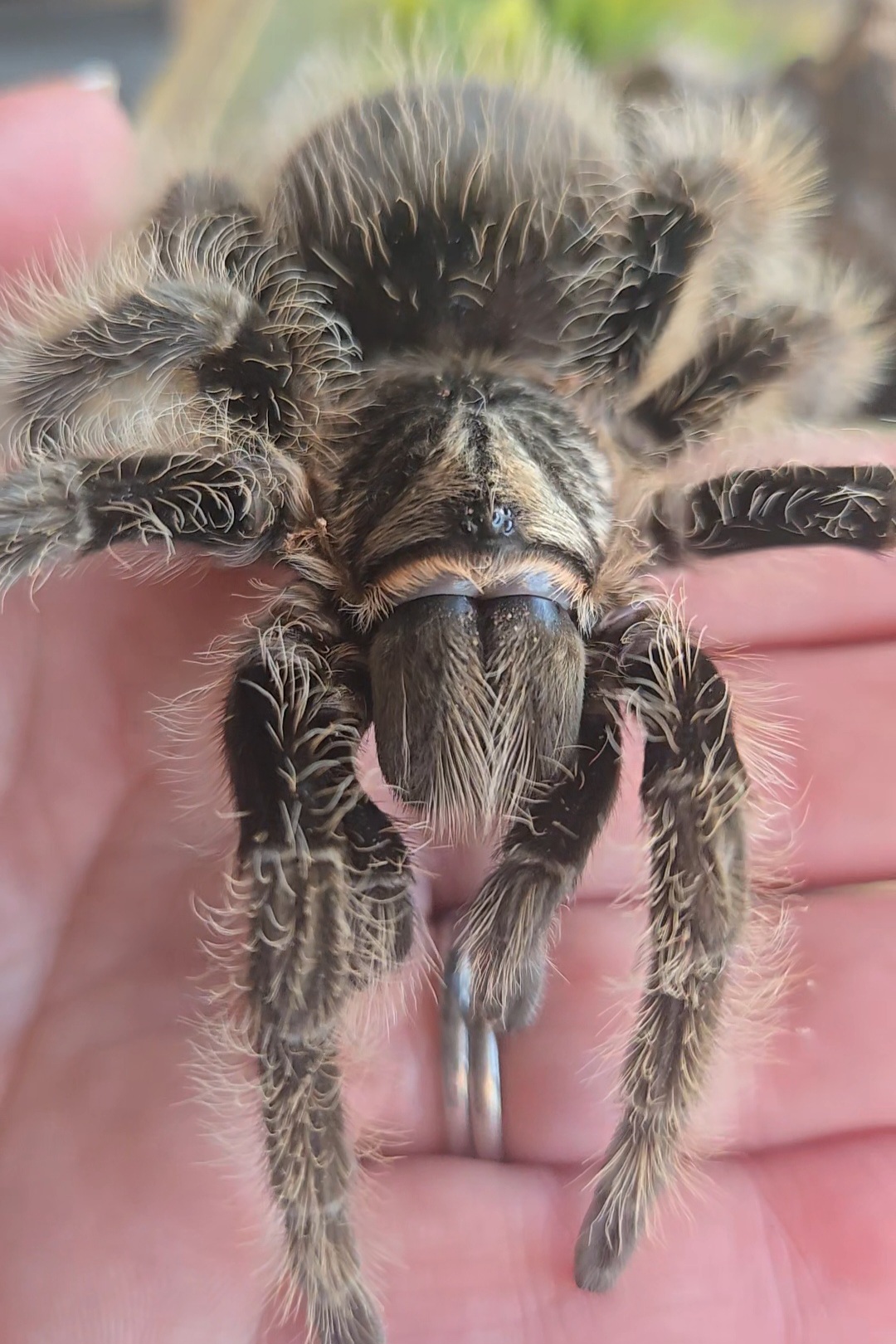
This is Tallulah, a rehome who is aged approximately 8 years old. Curly hair tarantulas are found in the tropical scrublands in Central America, often near water sources, under trees, or in cleared areas. These burrowing spiders live in underground burrows, creating silk-lined burrows that serve as their shelters and hideouts, making them difficult to find in the wild.
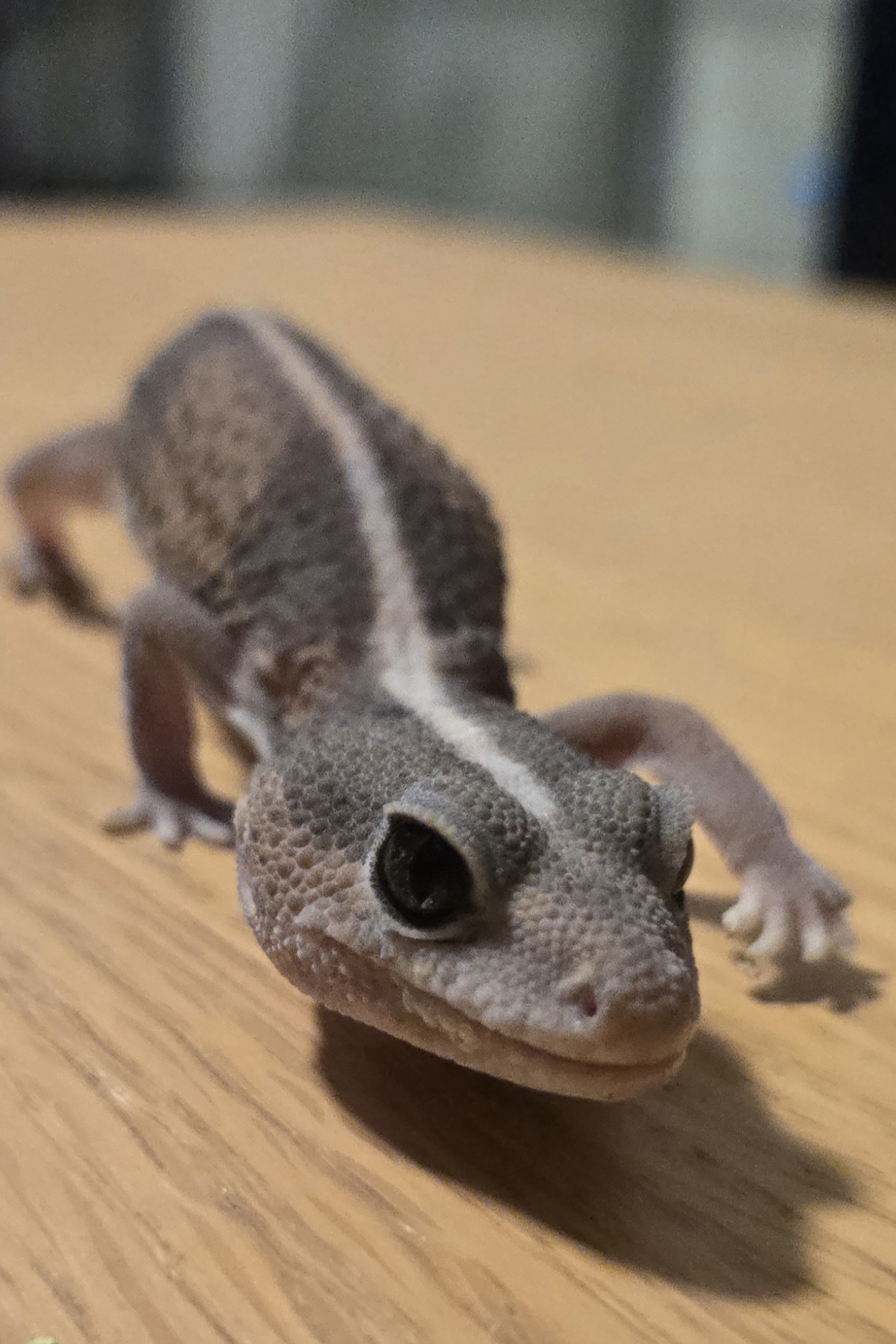
This is Maggie, approximately 6 years old - a very feisty lizard at the beginning due to not being handled by her previous owners. She is now ready to meet you! African fat-tailed geckos live in the arid and rocky regions of North Africa, where they hide in crevices and burrows to escape the heat. They are nocturnal ground-dwellers that hunt insects at night and use their fat-storing tails to survive periods without food.
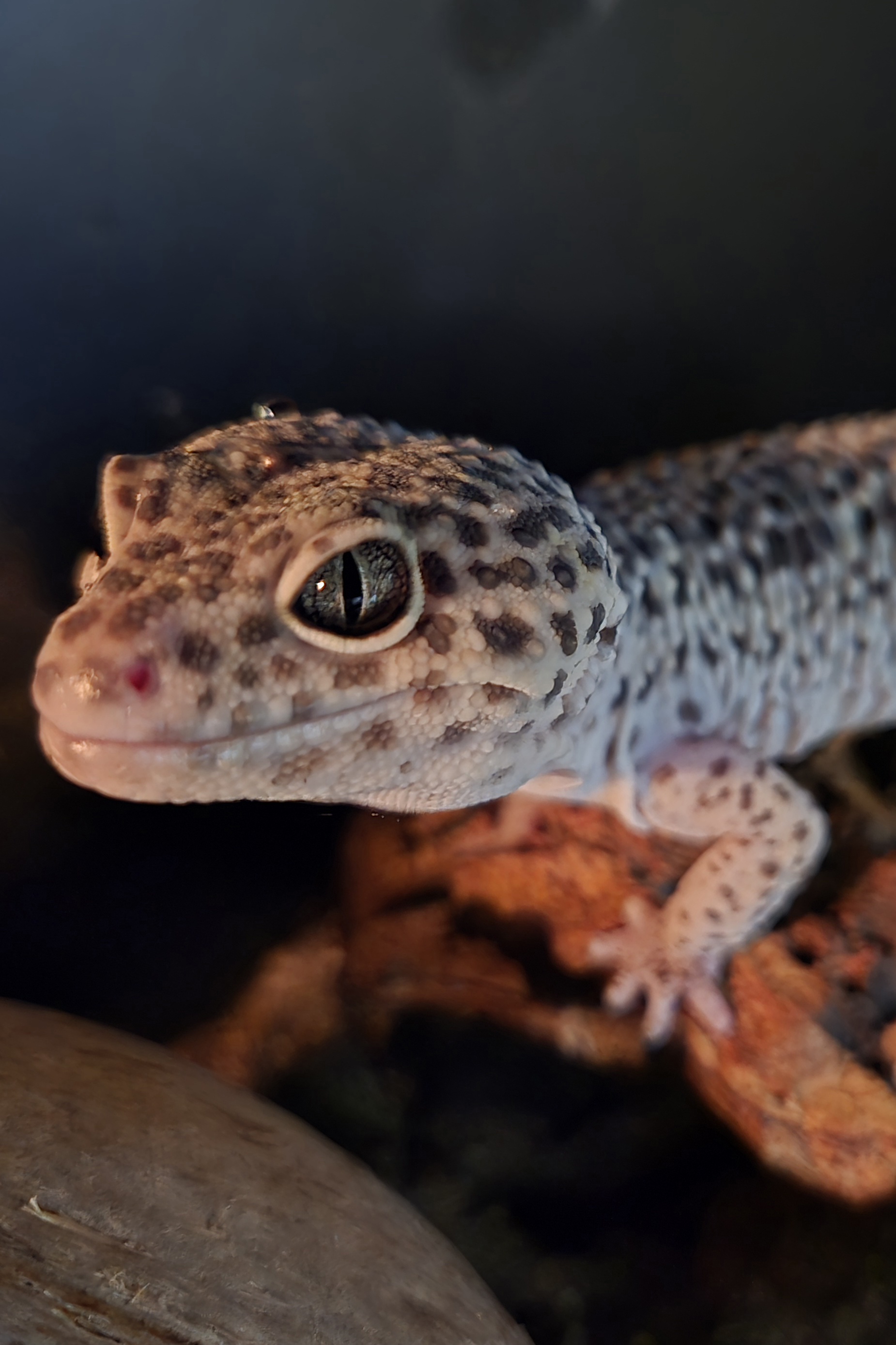
Meet Neville, who was rehomed all the way from Devon. Unfortunately he has lost 19 of his 20 toes due to inappropriate husbandry. Leopard geckos are native to the dry, rocky deserts and scrublands of South Asia, where they seek shelter in crevices or burrows to stay cool during the heat of the day. These nocturnal lizards are ground-dwelling, foraging for insects and small invertebrates at night, and they’re known for their calm behaviour and unique spotted patterns.
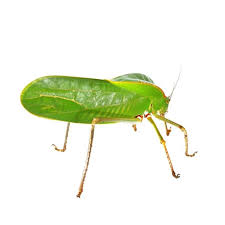
Even with its mighty size of up to 12cm, the giant hooded katydid is like nature’s little ninja, thanks to its leafy “hood” that keeps it hidden from predators. This night owl of the insect world spends its days camouflaged and its nights munching on plants and making chirpy songs.
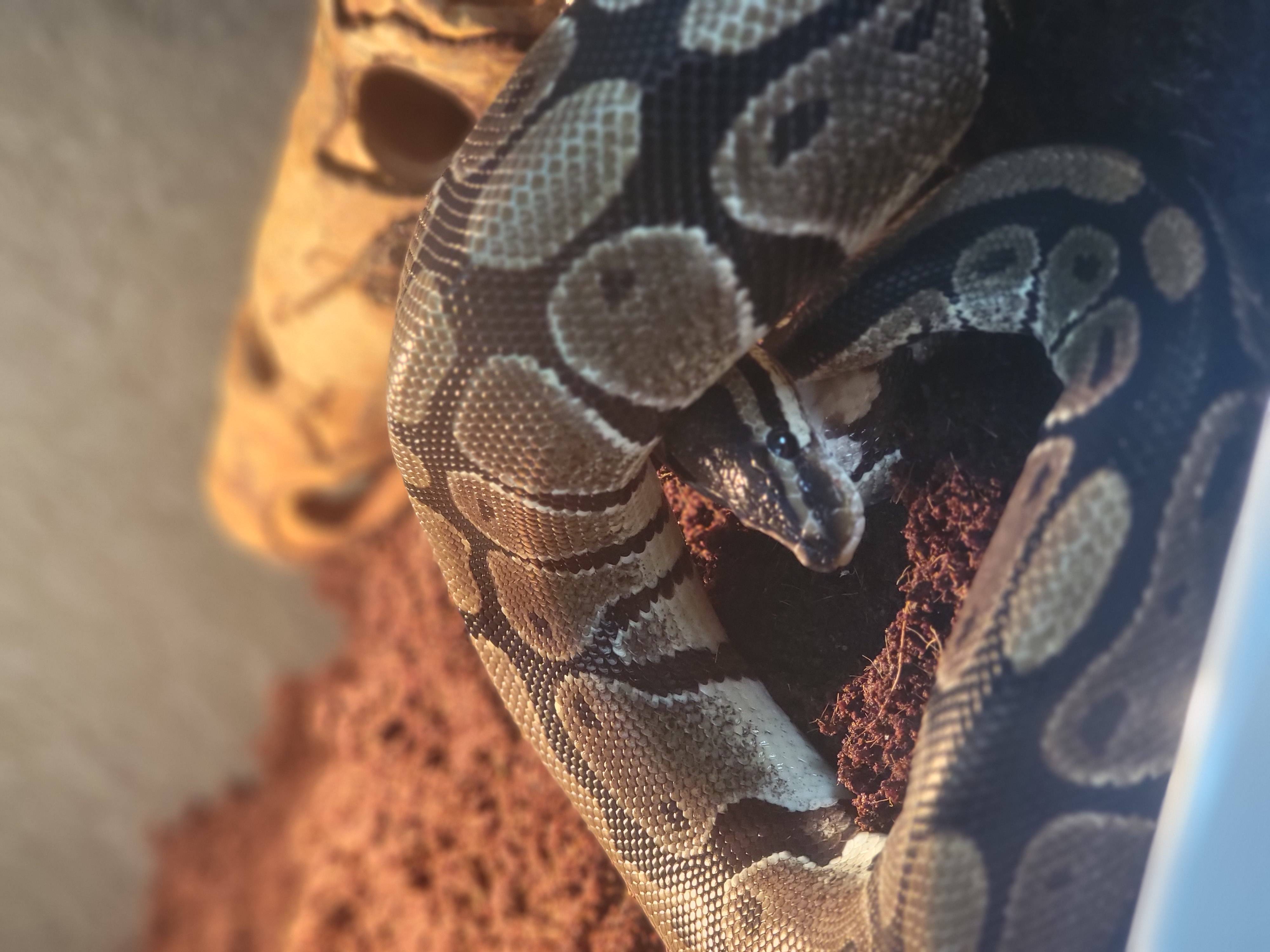
Crystal is our newest rehome and she is an 8 year old ball python. Ball pythons are native to the grasslands and savannas of West and Central Africa, where they prefer warm, dry environments with plenty of hiding spots like burrows and rocks. These docile snakes lead a mostly solitary, nocturnal lifestyle, hunting small mammals and birds, and curling up into a ball when threatened for protection.
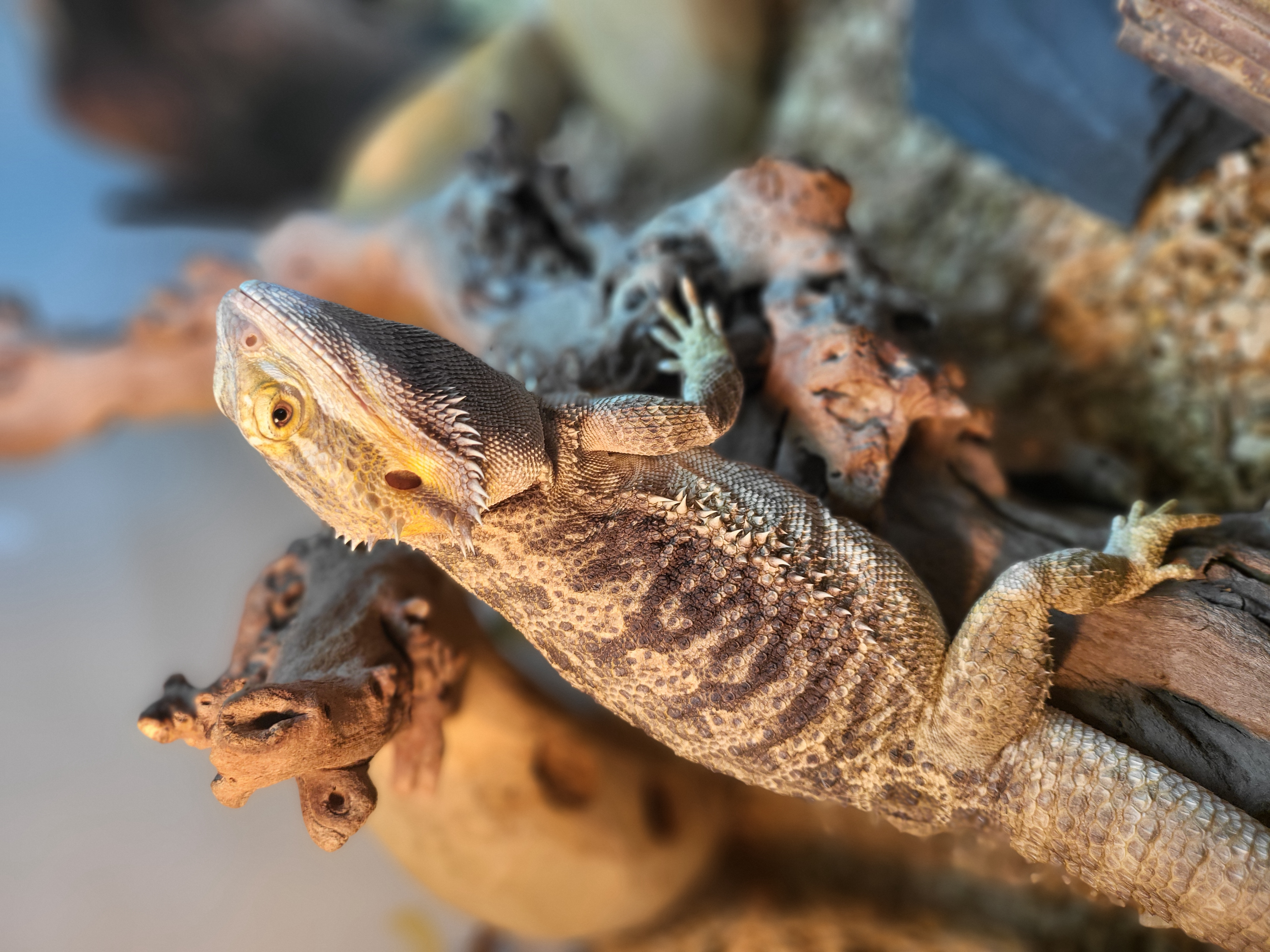
Bearded dragon Peggy has recently been rehomed into the Animal Encounters Family! Bearded dragons are native to the arid, rocky deserts and scrublands of Australia, where they bask in the sun and hide in crevices for shelter. They are diurnal, spending their days hunting insects and vegetation while soaking up heat, and they often perch on rocks or branches to keep an eye on their surroundings.
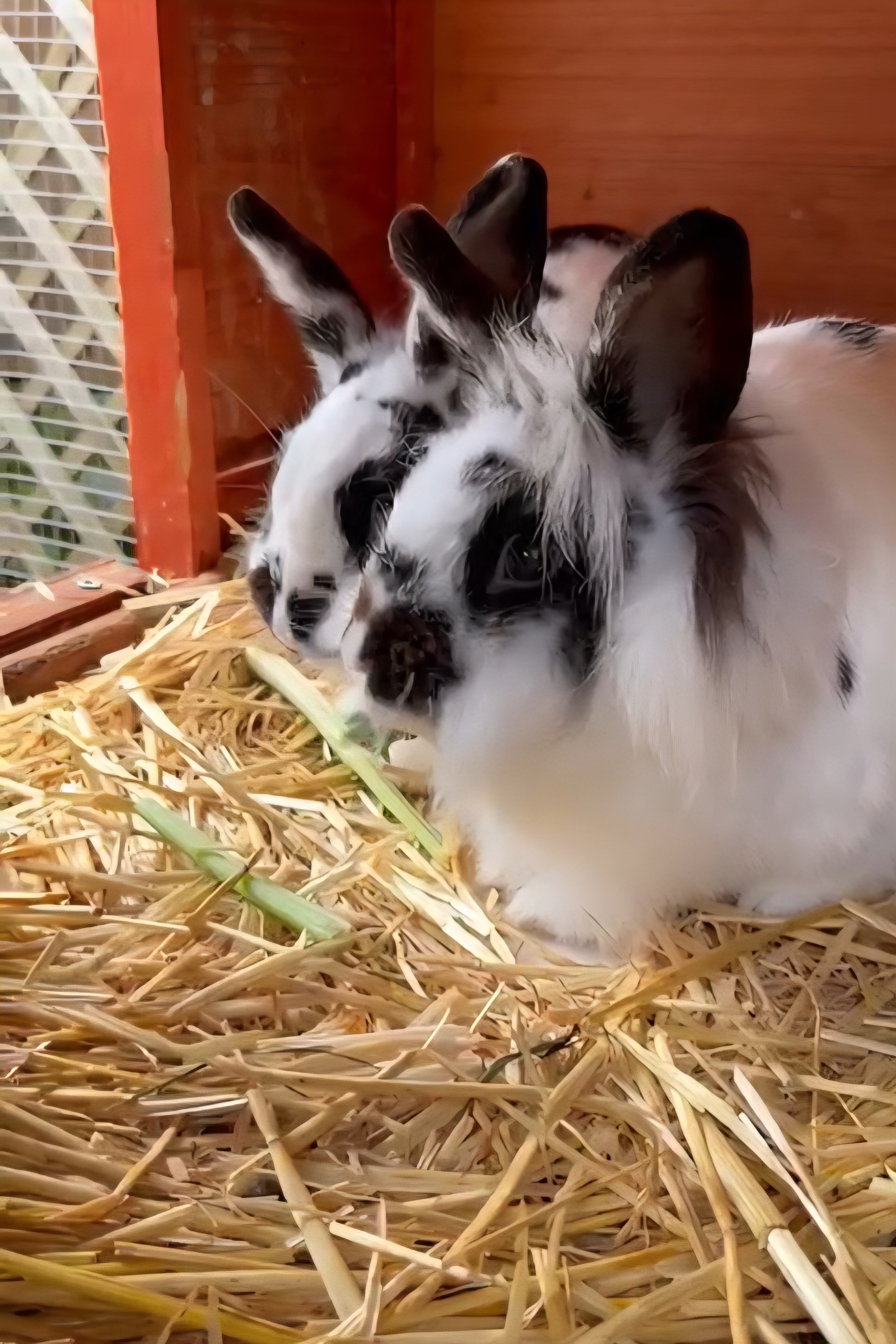
Our resident rabbits are happiest when they are being stroked and cuddled. They are super soft and their favourite snack in carrots 🥕
.jpg)
Barry is a super chilled Crested Gecko who has recently joined us due to his owner no longer being able to care for him. His enclosure consists of a waterfall, live plants, plenty of hiding spaces and a nice warm heat lamp. His best features have to be his feet - he can walk up glass!! Crested geckos are native to the humid, tropical rainforests of New Caledonia, where they thrive in the dense vegetation and climb trees to stay hidden. These nocturnal reptiles are arboreal, spending their nights hunting insects and fruit, and they use their adhesive toe pads to navigate branches with ease.
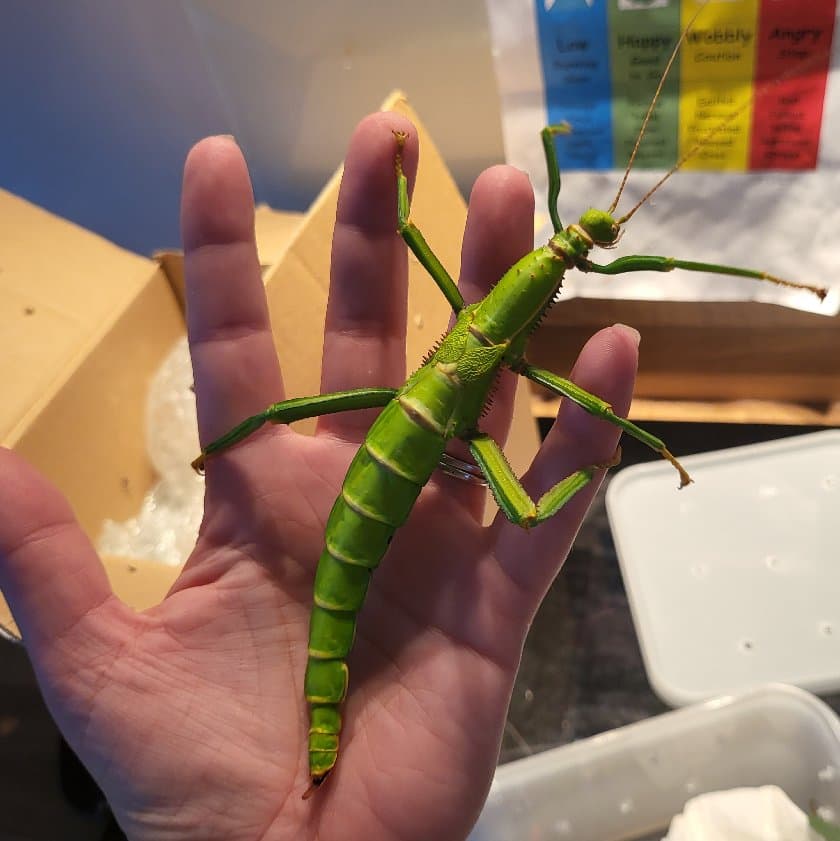
Found in a handful of Caribbean islands, these stick insects, both called Steph, will live to about 18 months. The females of this species have tiny green wings on her shoulders (can you spot them?) The males have functional wings, so we can't have those unfortunately!
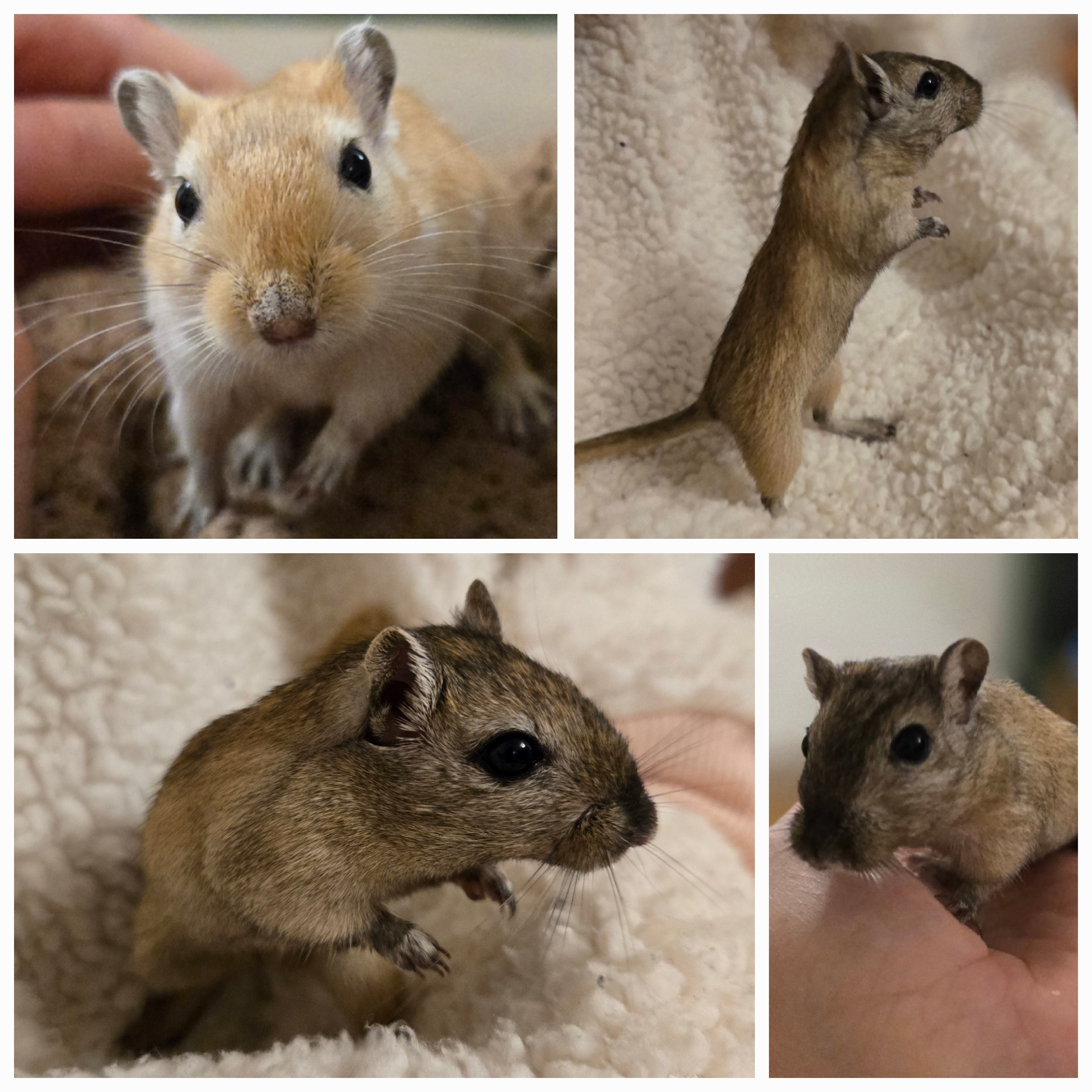
Our gerbils are called Brownie and Caramel and they were born in July 2024. Their favourite activity is digging, and making lots of burrows and tunnels. They love to be stroked as long as you're gentle and we must never touch their tails!
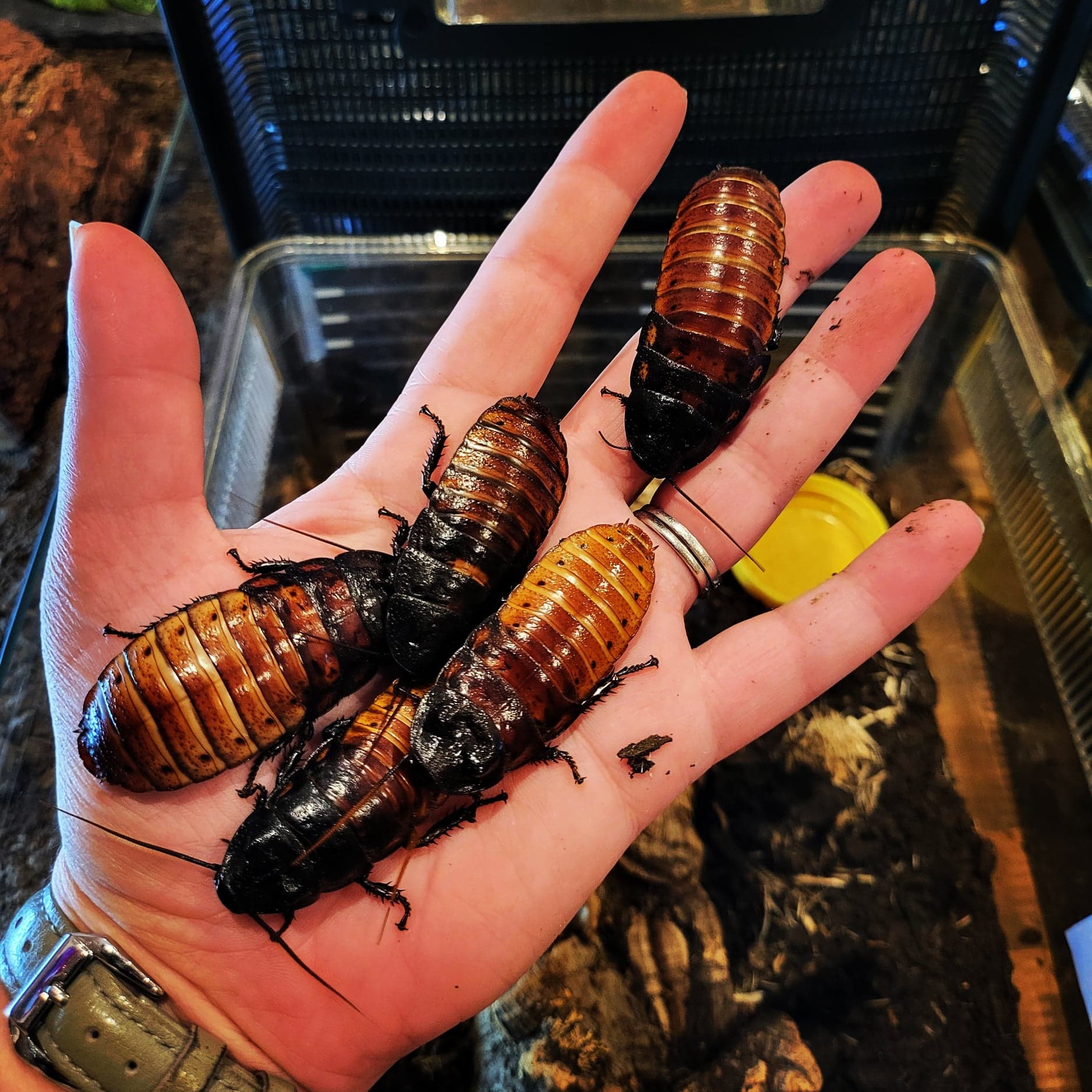
Originating in Madagascar, these giant Hissing cockroaches are called Harry, Ron, Hermione, Ginny & Luna (can you see what I've gone with there?) They eat decaying fruit, veg and plant matter and in captivity they can eat dry cat food for protein.
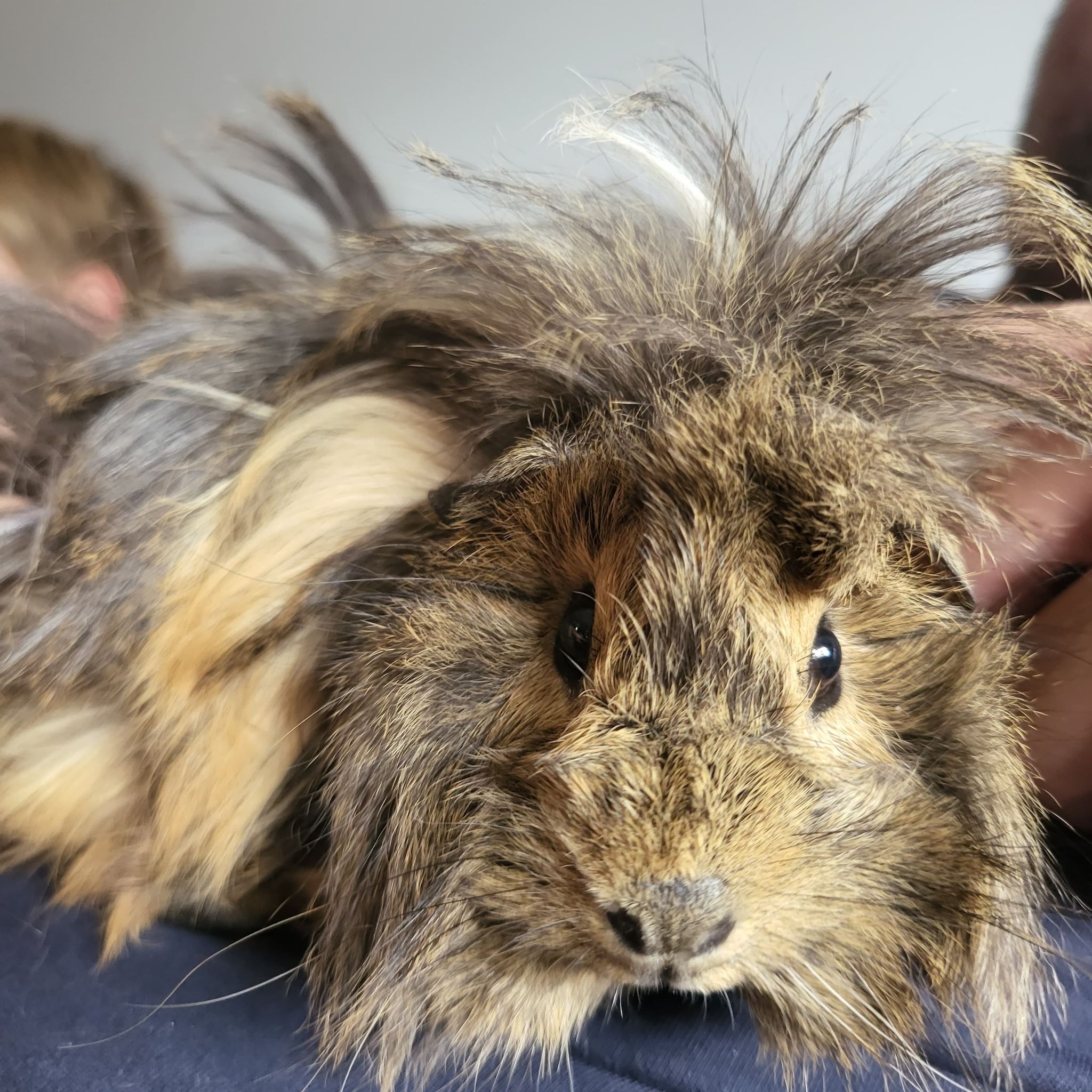
Lucy and Lizzie are Peruvian X Abysinian piggy sisters. They love kale, carrots and eat lots of hay! They are no way related to pigs! The theory is that the name came from the pig-like speaking noises they make when they're excited or hungry.
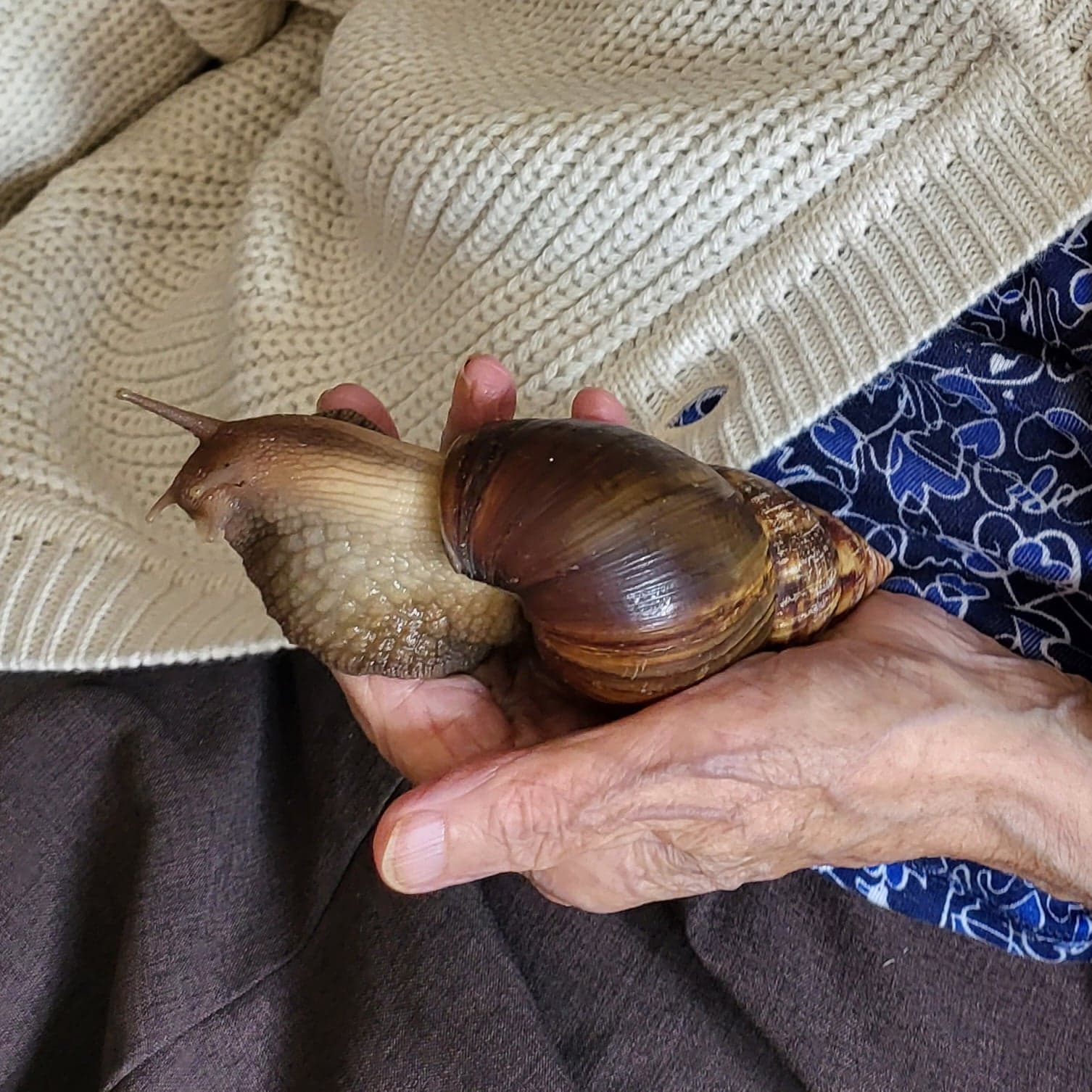
We have Lesley, Louise, Sharon & Shelley. They can live up to 10 years old, they can each lay up to 1,200 eggs per year! They need a variety of calcium and vitamin supplements as well as lots of leafy vegetables to keep their shell in tip top condition.
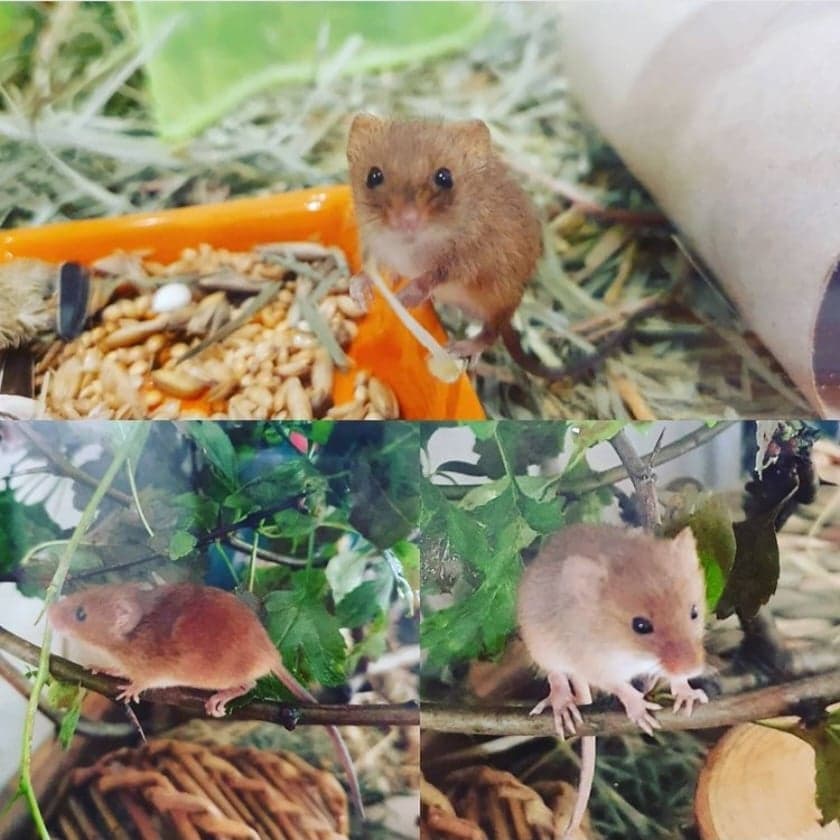
They loves to eat brambles, oak leaves and lots of seeds. We provide lots of leaves, hides, branches, rocks and logs to try and keep them as natural as possible. They're a declining species due partially to pesticides and mechanical farming such as combine harvesting.
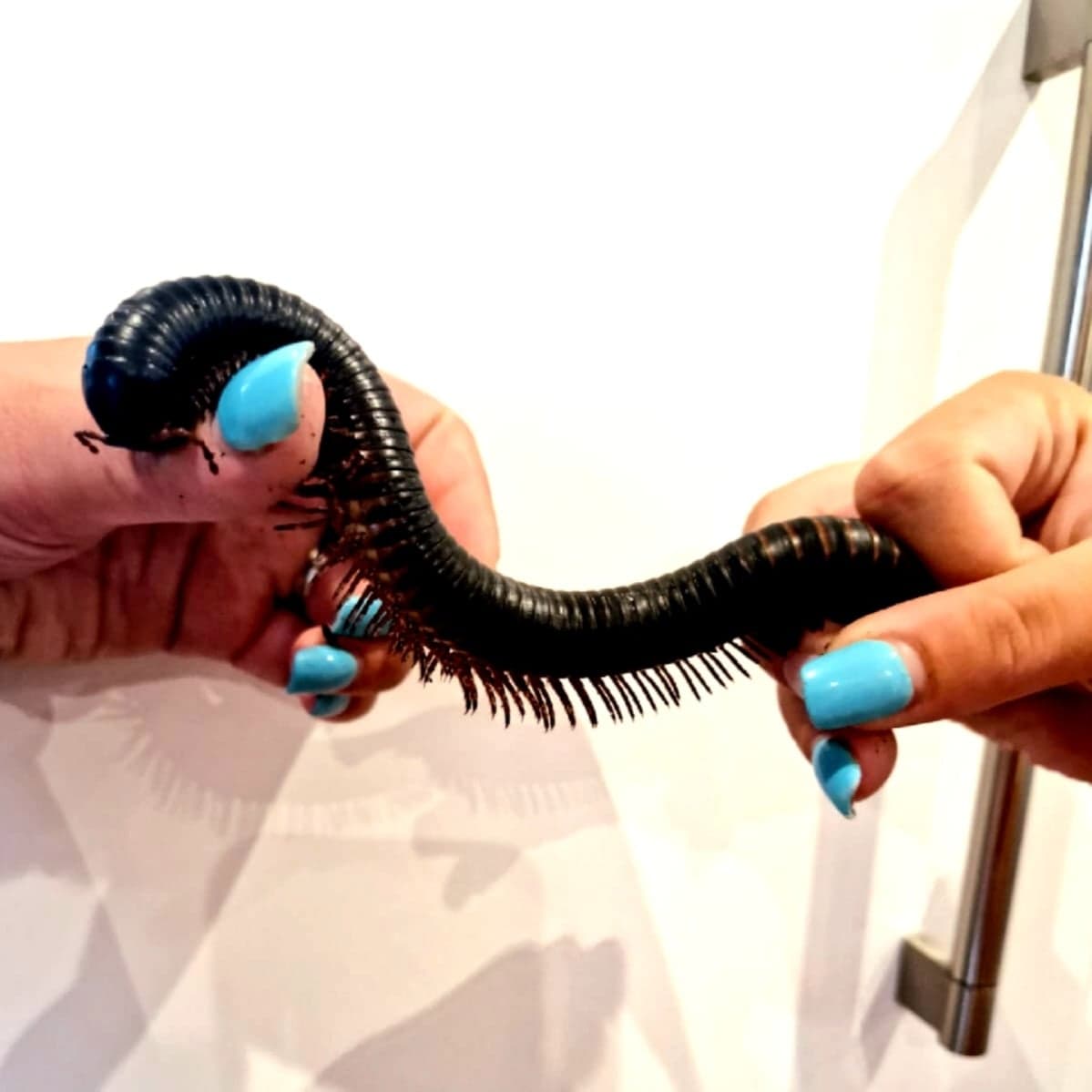
Millie is the largest species of milipedes of over 10,000 species. These invertebrates will live up to 10 years old and when fully grown they can have up to 400 legs!
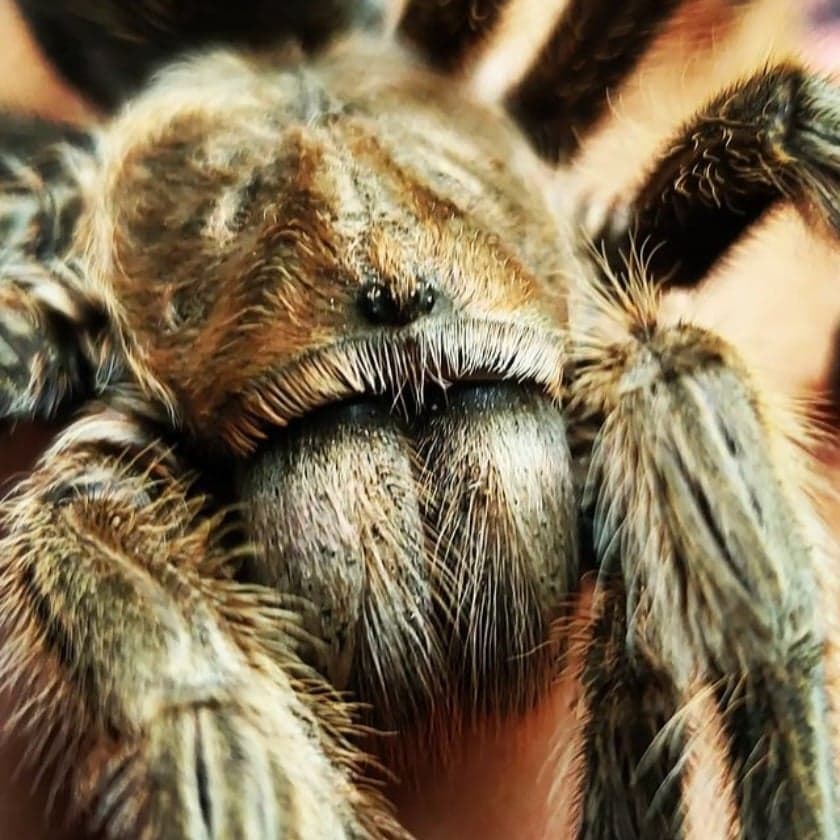
Ruby is two years old and is the most docile breed of Tarantula. She will happily walk from hand to hand as long as everyone is still and quiet. Tarantulas are nearly blind so easily scared. She will likely live to around 20 years old.
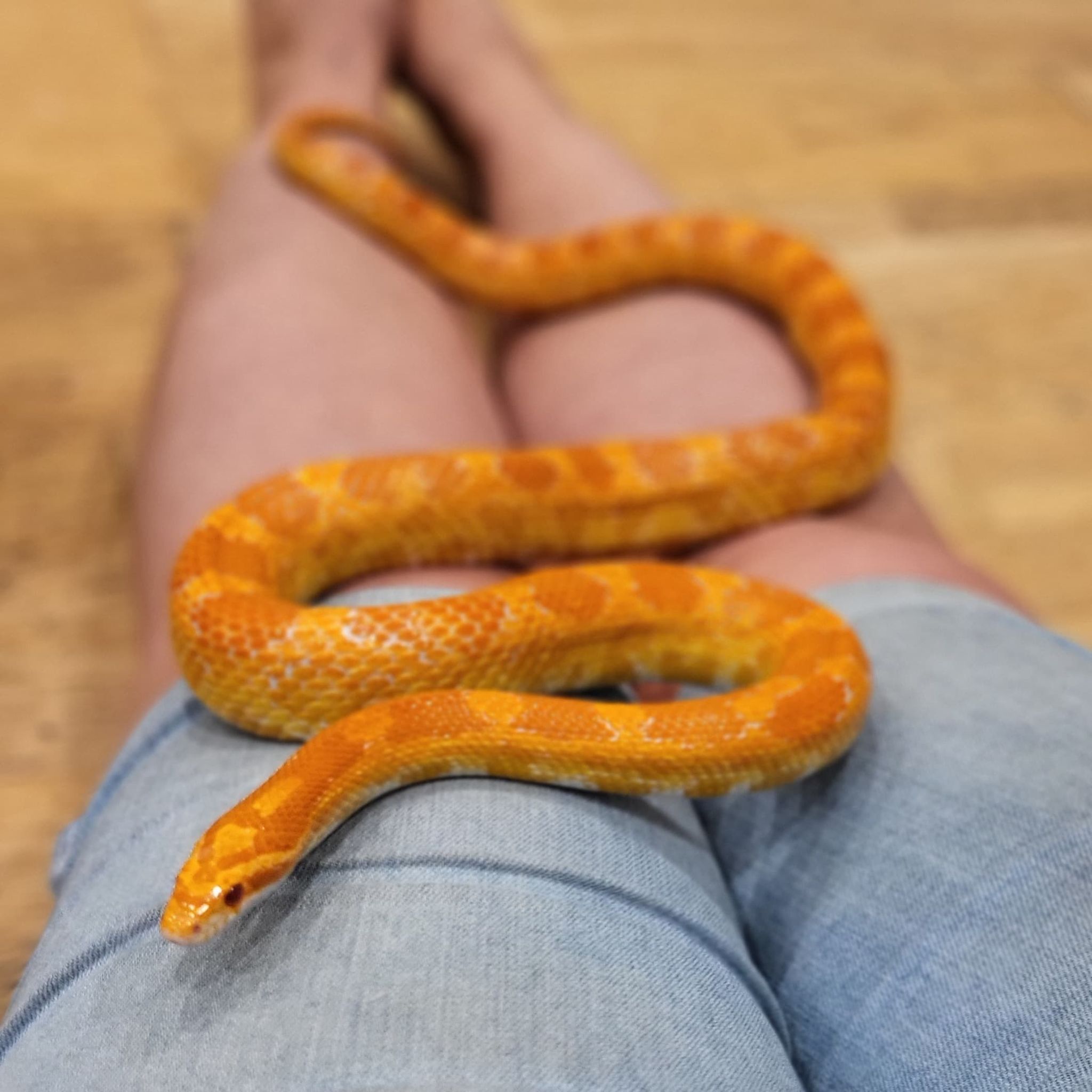
Cynthia is 3 years old and in the wild would be found in fields and forests in North America. She is a constrictor in the sense of how she catches her prey, so she doesn't have fangs. Cynthia is incredibly inquisitive and enjoys being handled a couple of times a week at most.
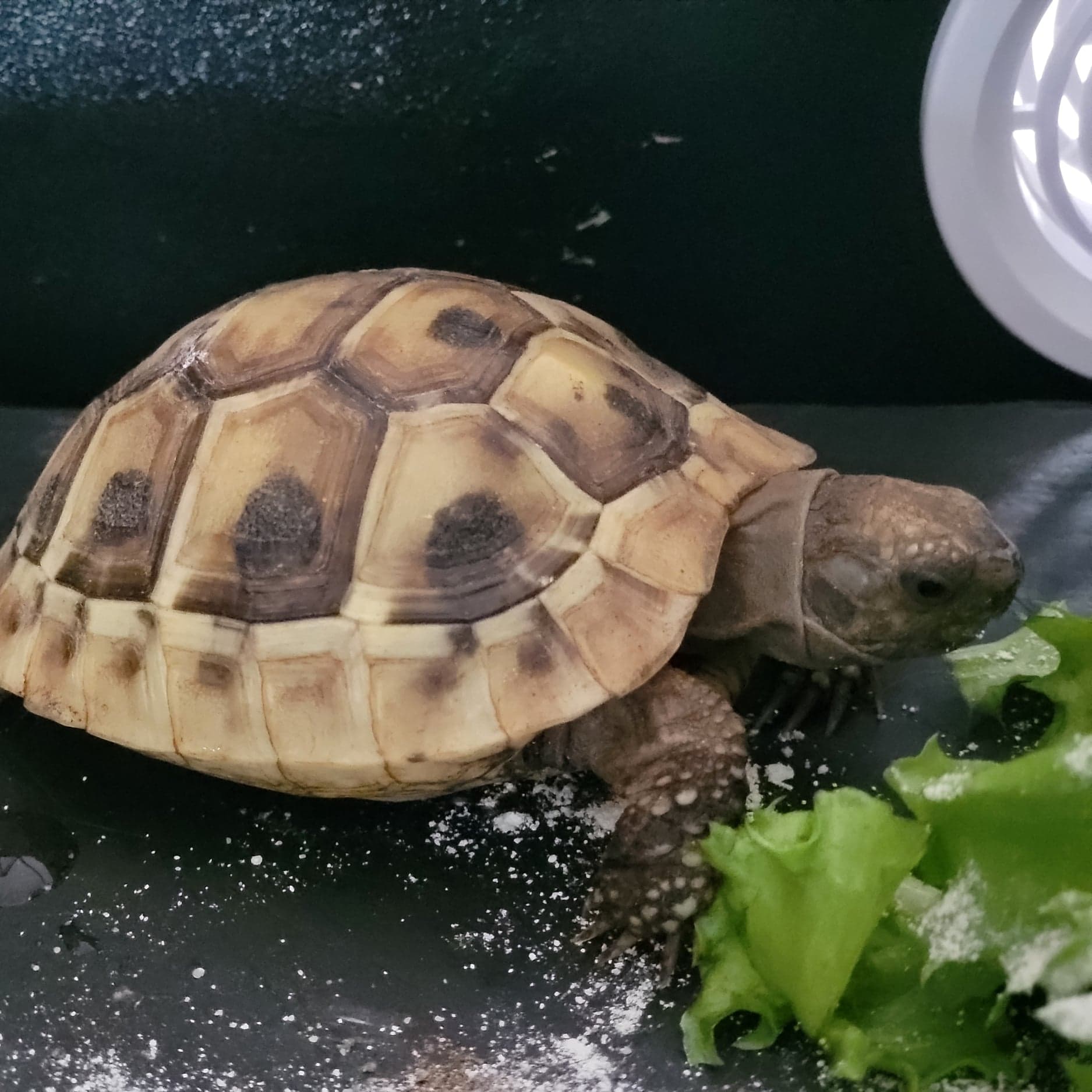
Boris! He's an inquisitive little tortoise currently aged one. He's likely to live for another 80 years! He was bred in captivity and was safely brought over from Macedonia. All Herman Tortoises have to have microchips and licences. His favourite food is Dandelion leaves.
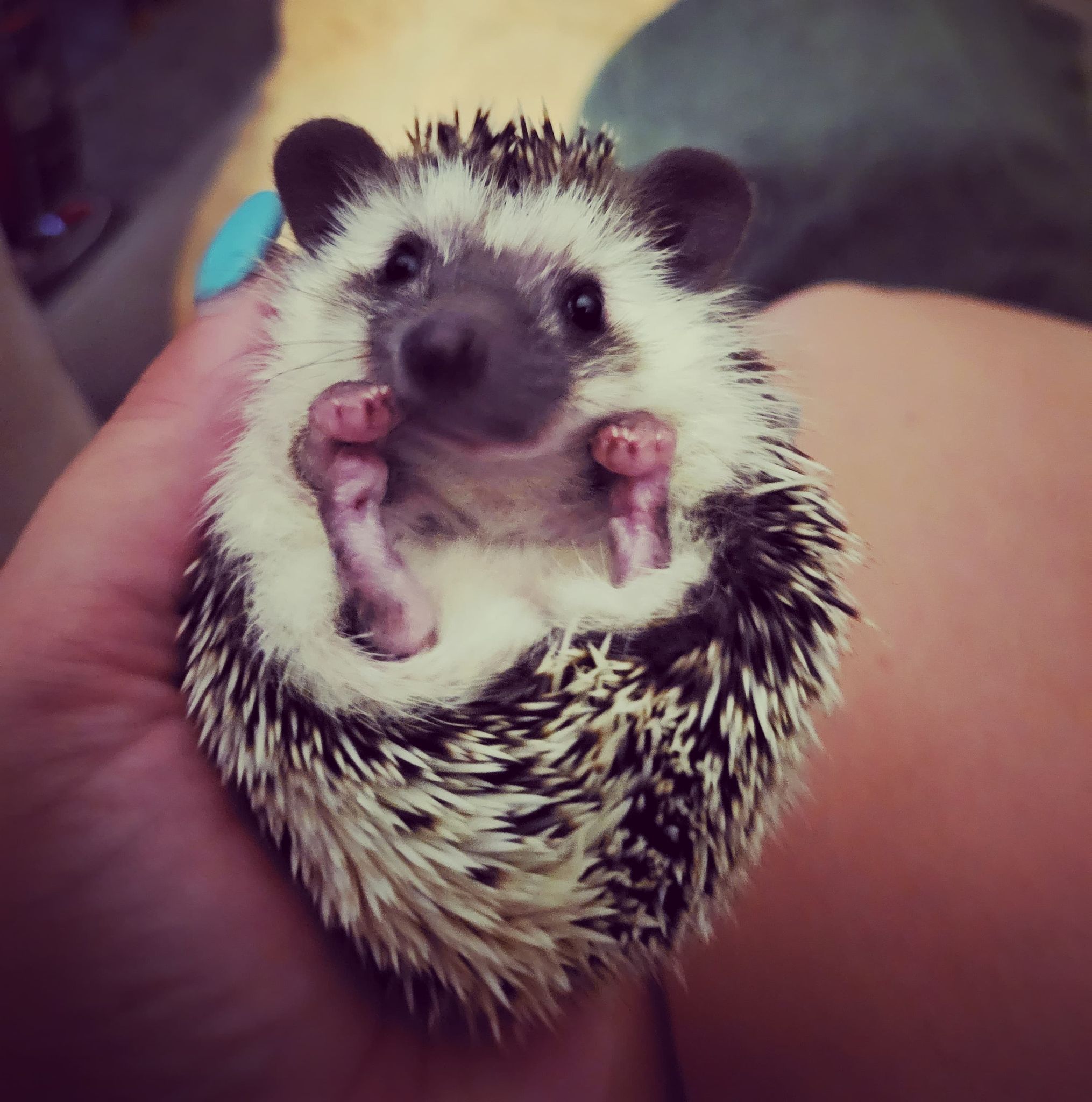
Hattie the Hedgehog is my personal favourite. She is such a gentle creature when she is settled and her favourite snack is mealworms. She is easily startled and hates loud noises.